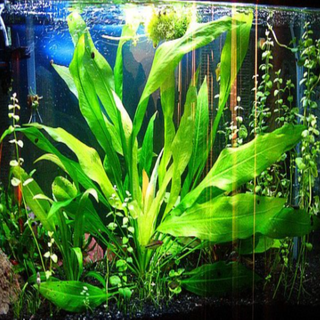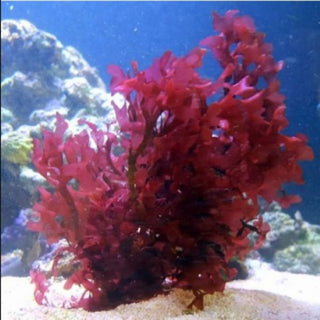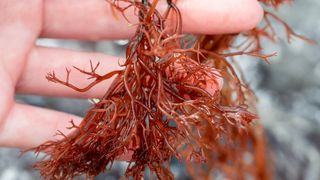Introduction:
In the diverse and vibrant world of saltwater aquariums, the choice of flora plays a pivotal role in ecosystem balance and aesthetics. Among the myriad of options, Red Alga Gracilaria, a genus of the red algae family, stands out not only for its captivating beauty but also for its significant ecological benefits. As a marine biologist deeply immersed in the study of marine ecosystems, I find Gracilaria not just fascinating, but essential for any marine aquarist seeking to mimic the natural ocean environment. This blog post delves into the benefits of incorporating Gracilaria into your saltwater aquarium, its role in the ecosystem, suitable tank mates, and additional insights from the field of marine biology.
The Ecological Role of Red Alga Gracilaria
Gracilaria spp., with its distinct reddish hue and branching forms, serves multiple ecological functions in marine environments. Primarily, it acts as a natural water purifier, absorbing excess nutrients such as nitrates and phosphates, which can otherwise lead to undesirable algae blooms. Moreover, it provides a habitat and feeding ground for a variety of marine organisms, supporting biodiversity within the aquarium.
Benefits to a Saltwater Aquarium
Introducing Gracilaria to a saltwater tank brings several advantages:
- Water Quality Improvement: By absorbing excess nutrients, Gracilaria helps maintain clear and balanced water conditions.
- Oxygenation: Through photosynthesis, Gracilaria releases oxygen, contributing to the overall health and vitality of the tank inhabitants.
- Aesthetic Appeal: Its vibrant red coloration and unique texture add visual interest and depth to aquarium landscapes.
- Nutritional Source: Gracilaria can be a supplementary food source for herbivorous and omnivorous marine species.
Suitable Tank Mates and Compatibility
Gracilaria is generally compatible with a wide range of saltwater tank inhabitants, particularly those that do not pose a threat to its well-being. Suitable tank mates include:
- Small to Medium-sized Fish: Peaceful fish that do not graze heavily on macroalgae.
- Invertebrates: Many invertebrates, such as snails and hermit crabs, coexist harmoniously with Gracilaria, benefiting from its presence without causing harm.
- Other Macroalgae: Gracilaria can be part of a diverse macroalgal community, provided there's enough space and resources for each species to thrive.
Cultivation and Care Tips
Growing Gracilaria in a saltwater aquarium is relatively straightforward, but a few key considerations can enhance its growth and vitality:
- Lighting: Moderate to high lighting conditions simulate its natural sunlit habitats, promoting photosynthesis.
- Water Flow: Moderate water flow helps deliver nutrients to the algae and removes waste products, mimicking the movement of natural tides.
- Pruning: Regular pruning encourages healthy growth and prevents the algae from overshadowing other tank inhabitants.
Scientific Insights and Sustainability
From a scientific perspective, incorporating Gracilaria into saltwater aquariums offers a glimpse into its ecological role in natural marine environments. It serves as a model for understanding nutrient cycling, algal bloom dynamics, and the symbiotic relationships within coral reef ecosystems. Moreover, cultivating Gracilaria can contribute to sustainable aquarium practices by reducing the reliance on wild-harvested specimens and promoting the conservation of natural reefs.
Conclusion:
Red Alga Gracilaria is more than just a visually appealing addition to saltwater aquariums; it's a testament to the complexity and interconnectivity of marine ecosystems. By choosing Gracilaria, aquarists not only enhance the aesthetic and ecological balance of their tanks but also engage in a larger conversation about marine conservation and sustainable hobby practices. As we continue to explore and understand the vast oceans, the integration of species like Gracilaria in home aquariums serves as a reminder of our responsibility to protect and preserve these incredible ecosystems for generations to come.



